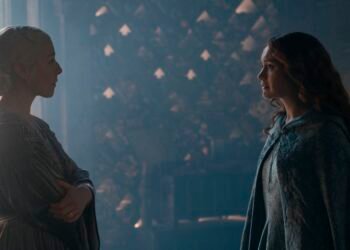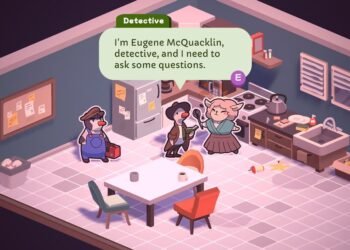I remember when The Old World, long one of Games Workshop’s most interesting creations, died in 2015. Inspired by the dashing tin soldiers used to recreate battles from the era of Napoleon, the sword-and-sorcery setting was home to the British company’s flagship Warhammer Fantasy Battle game for decades. But that game and nearly a dozen other tabletop products — beloved spinoff titles like Warhammer Quest, Man O’ War, and even cult classic Mordheim — simply ceased to be relevant after an in-fiction apocalypse called the End Times brought about the Age of Sigmar. Now, nearly a decade later, the classic setting is back with a new game called Warhammer: The Old World, arriving in stores later this month.
Unfortunately, after spending a few weeks with The Old World, I’m a little worried. The gameplay itself feels eerily familiar — even, dare I say it, comfortable. But although it hasn’t been released yet, I’m already reeling from what appears to be a bloated line of miniatures, books, and other accessories hitting retail later this month. Everything, it seems, is launching all at once — just without a traditional boxed starter set to rally behind. It’s all shaping up to be a complex and expensive offering, one that will likely appeal to deep-pocketed fans already invested in the hobby.
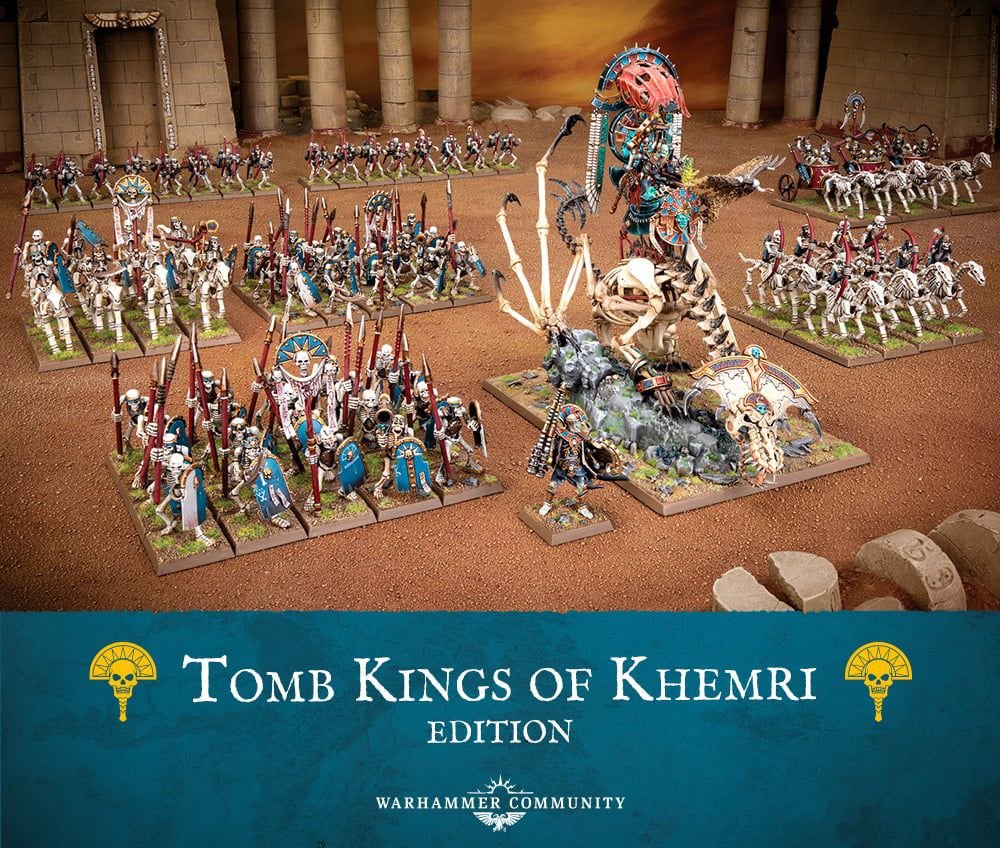
Is it a great place for newbies to start? Not so much. Moreover, this isn’t a rip-and-replace of Games Workshop’s current fantasy offering. Instead, it’s more of a supplementary game that is broadly similar in spirit to, but not the same as, Age of Sigmar. A fantasy version of the Warhammer 40,000 spinoff Warhammer: The Horus Heresy, if you will, right down to the part where it’s actually a prequel. But is there even room in the landscape for another large-scale mass battle game? Given the hunger for new Games Workshop products in the marketplace, it might not even matter. Early indications seem to show that the game will sell briskly at retail — just like the 10th edition of 40K.
All setup on the table, The Old World still looks brilliant. At launch, two starter boxed sets will be offered, each containing a large and functional 1,200 point army. The Bretonnians are classic medieval knights and infantry emblazoned with heraldry and touching on English and French mythology. The Tomb Kings of Khemri are a large mass of skeletal warriors with an Egyptian vibe. Their undead cohort fights alongside swarms of scarabs and wields ancient magic.
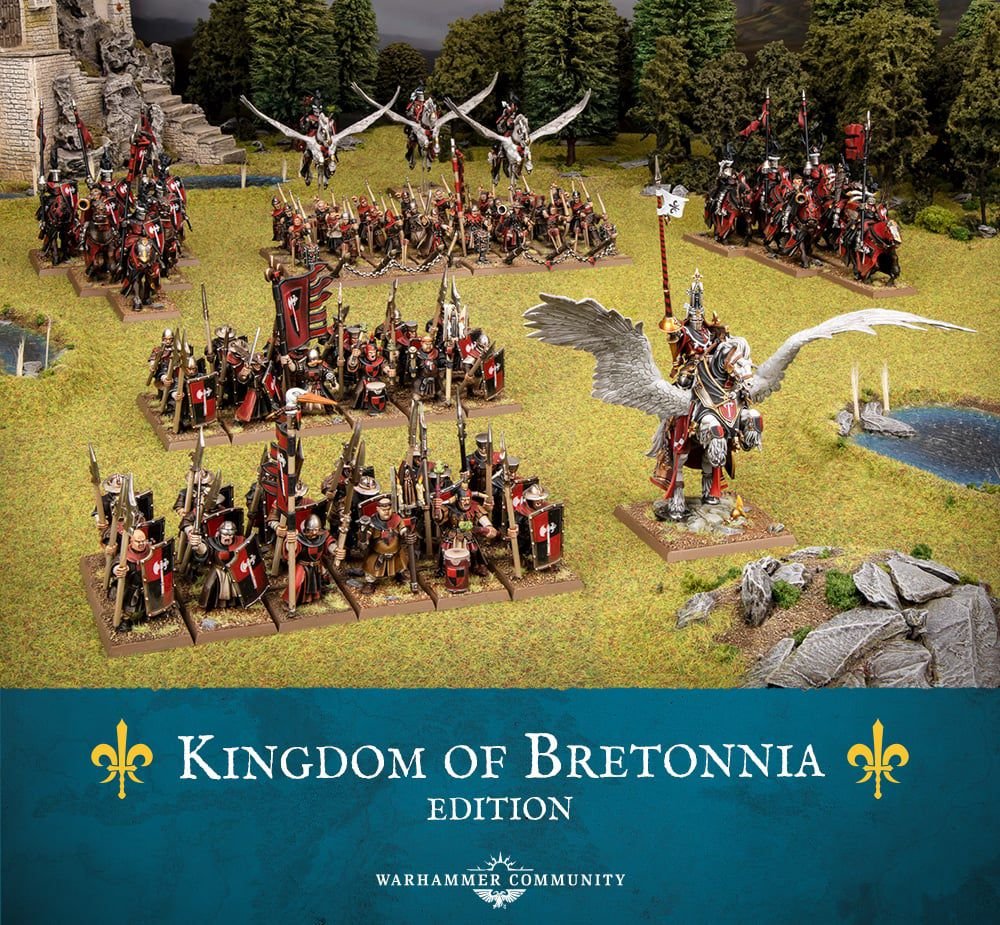
The Bretonnian starting force features 76 miniatures spread across six units, including a large pegasus that’s an entirely new sculpt. The Tomb Kings army is larger, as their units tend to be cheaper in points value. Their army box includes 93 figures and is crowned by a massive Necrolith Bone Dragon ridden by a Liche Priest.
Players take turns activating their entire armies in a traditional “I go, you go” system. The game is broken down into large phases and it’s a very deliberate exercise that’s less dynamic but more strategic than modern skirmish designs. Fielding such large blocks of troops can feel unwieldy, but there is great satisfaction in pinning an opposing unit and then executing a massive flank with your cavalry. This grand maneuvering hits in a singular way, and conveys a larger scope reminiscent of historical battles.
What’s particularly interesting is that much of the rules structure of the game is unchanged from the previous edition. In fact, very little stands out as an obvious adjustment outside of the large change to how magic operates.
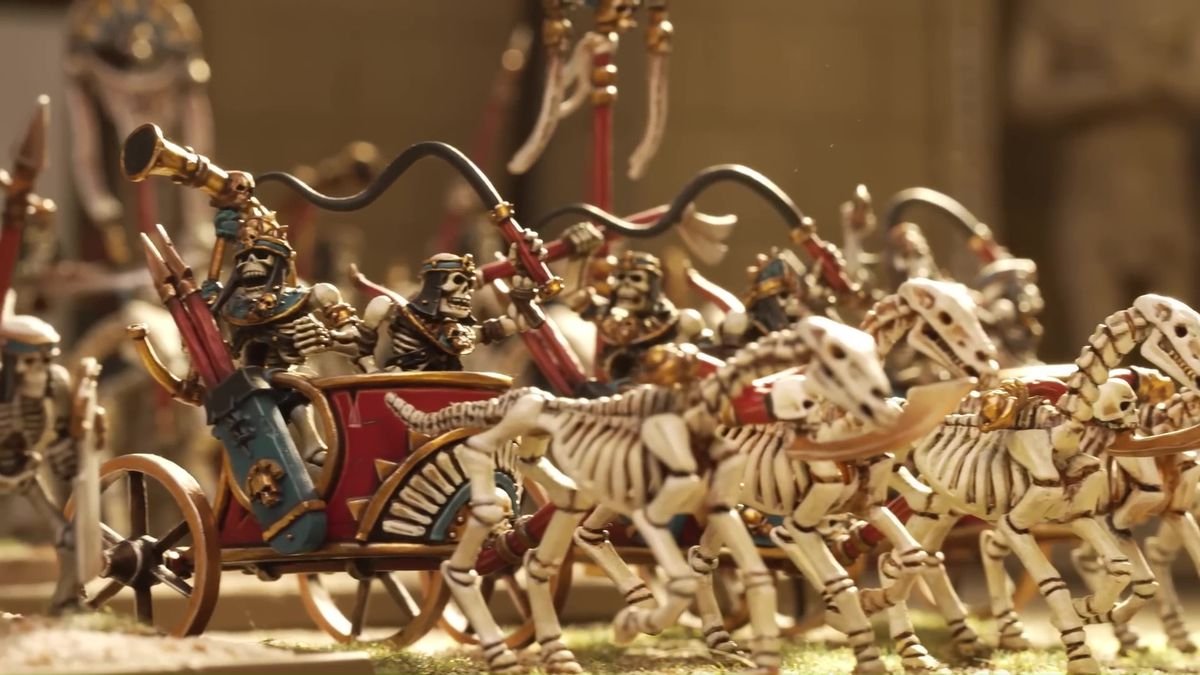
Image: Games Workshop via YouTube
In Warhammer Fantasy Battle, mages and shamans unfurled their potential in the magic phase. This was a large part of the game (unless you played non-magical dwarfs, like I did), as you got to unleash various spells and significantly alter the battlefield. This time around, the magic phase is gone. Instead, there’s a more fluid and integrated approach, with spellcasters activating in the shooting phase to launch ranged attack spells, or in the movement phase to modify mobility. This felt very odd in my first couple of plays, almost as if magic users saw a reduced role with less emphasis. That was mostly illusory, as they are still an integral element of The Old World, they just require a shift in perspective. It does feel more natural and a more cohesive element of play, which is likely the reason for the change. Thankfully, all of the weirdness of magic is still intact, with miscasts and highly quirky spells.
Less overt is some of the cleanup that occurred. Formations, for instance, are now listed for each unit in the special rules. Special rules in general are a little more standardized and less unique across the system. Breaking and morale has been reworked and now includes more granular results such as falling back, with only a totally blown roll leading to large groups of soldiers attempting to flee the battle in a panic. This leads to interesting results in combat and is a smart change.
Everything else is mostly as expected. Formations, casualty removal, templates, it’s all here. Even the Ballistic Skill stat that is used for ranged units remains a static number as opposed to the newer method of showing the die result needed utilized in other Games Workshop systems. Strength and toughness are still compared and armor saves still function as they did in the past. You’re still rolling bucketloads of dice and plucking infantry from the back ranks as wounds are totalled.
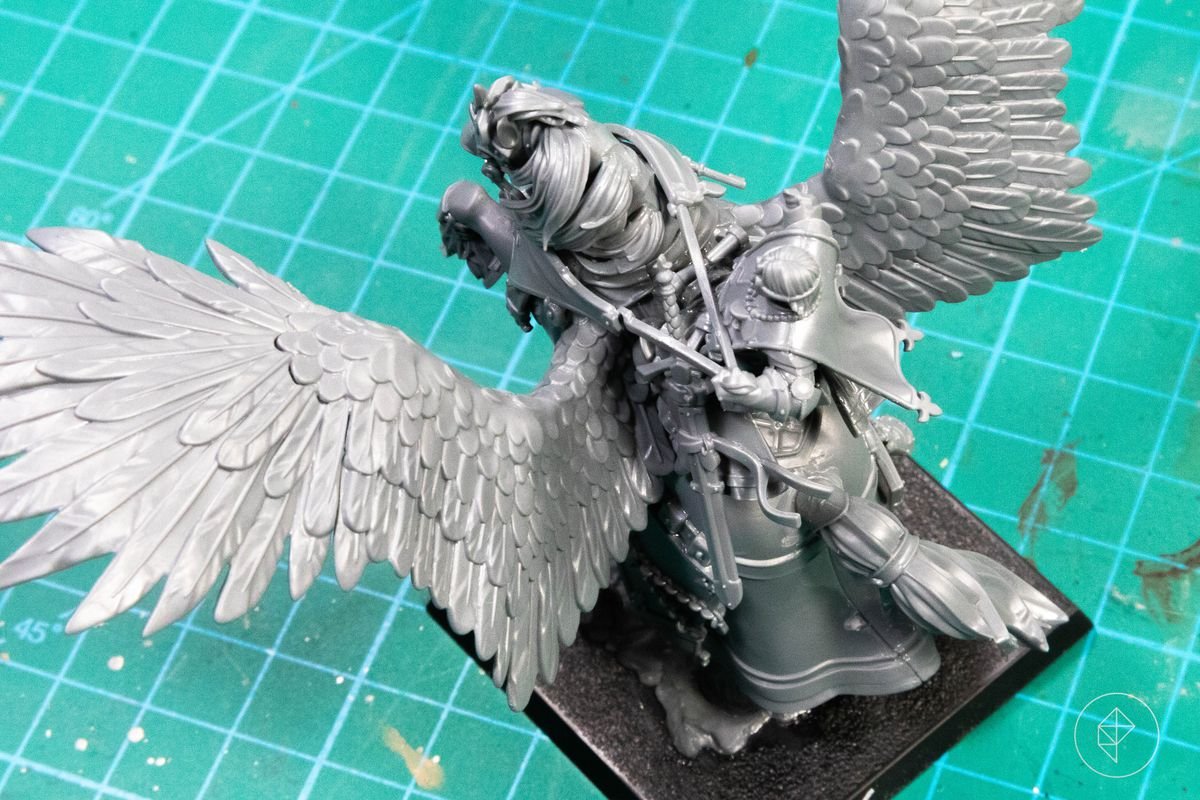
While the system retains the charm of its predecessor, the release model is more reflective of Games Workshop’s modern approach. In addition to splitting the traditional two-army starter box into separate products — a move that makes it much harder to introduce the game to friends and build a casual community — there are a surprisingly large number of initial products that will be hard to sort. There are optional and costly supplements such as spell cards, army reference cards, and movement trays, but there are also tomes dedicated to both starting factions with additional lore and unit rules. If you decide to play an army that’s not supported with the starter boxes, then you must pick up the Forces of Fantasy or Ravening Hordes softcover army booklets, which include collected points and special rules for the forces of good and evil, respectively. You would also likely need to acquire the rule booklet, templates, and later a codex-like Arcane Journal when it’s released. It likely won’t be long until we have a magic supplement as well and other purchases that are not required, but highly incentivized. It looks to be a book-driven system, one that will be expensive in the long term as rules are split across dozens of products. Since The Old World has modified the size of the bases that miniatures sit on, it’s difficult to reuse old models without converting them. This means many players will start fresh, and that onboarding new players will likely cost hundreds of dollars on the low end.
I am excited for Warhammer: The Old World. The game absolutely reignited vivid memories of my youth and has stirred emotions that were waiting to be dislodged. My experience with the game thus far has been highly entertaining and worthy of Warhammer Fantasy Battle. Despite this, I am highly concerned with how the product line and style of game will relegate this new release to a more niche role akin to Games Workshop’s specialist products of the past. This doesn’t feel like a flagship line positioned in the same role it previously held. It instead comes across as a narrow offering intended to squelch a hubbub that has existed since 2015, when The Old World died.
Like most people, I’m left wondering when I will have the time and where I will get the funds to scrape together full-sized armies, and that ultimately is the big cloud hanging over this release. Without the ability to acquire an old force secondhand (absent completely rebasing the entire lot), or maintain a second starter force to lend out, I’m skeptical whether there is an appropriately inviting path to introduce the game to the curious. I know I will be able to wander down to the local shop and find an opponent with several Warcry warbands. I don’t know if I will be able to find even a second soul to throw down a large mass battle game, even if we have to settle for several hundred dollars’ worth of unpainted gray troops on each side of the table.
Warhammer: The Old World was reviewed using retail products provided by Games Workshop. Vox Media has affiliate partnerships, but not with Games Workshop. These do not influence editorial content, though Vox Media may earn commissions for products purchased via affiliate links. You can find additional information about Polygon’s ethics policy here.































